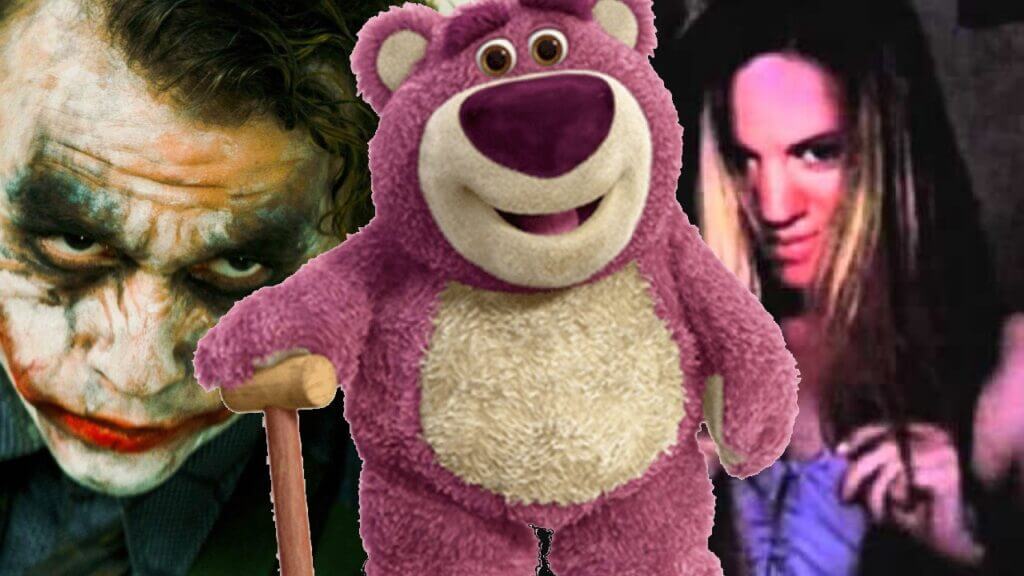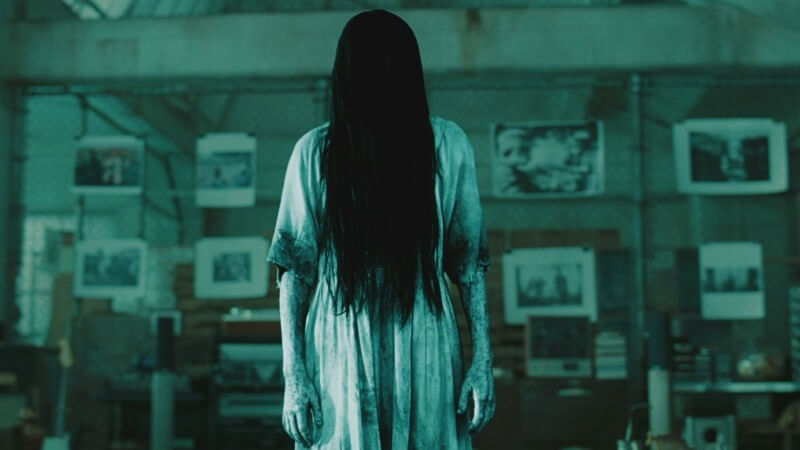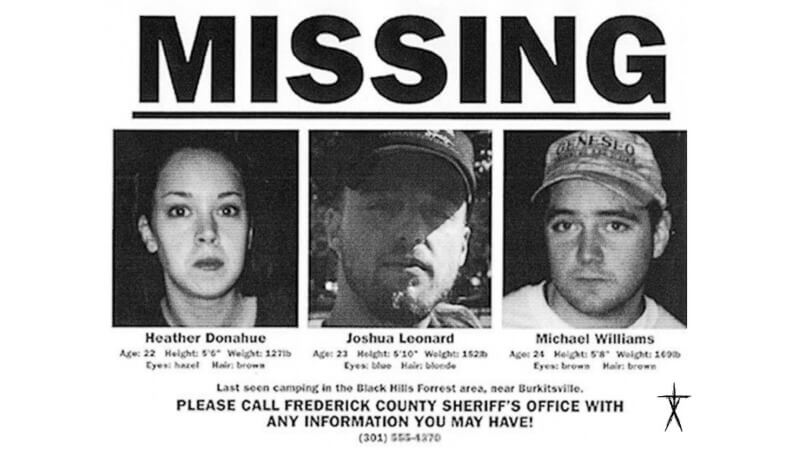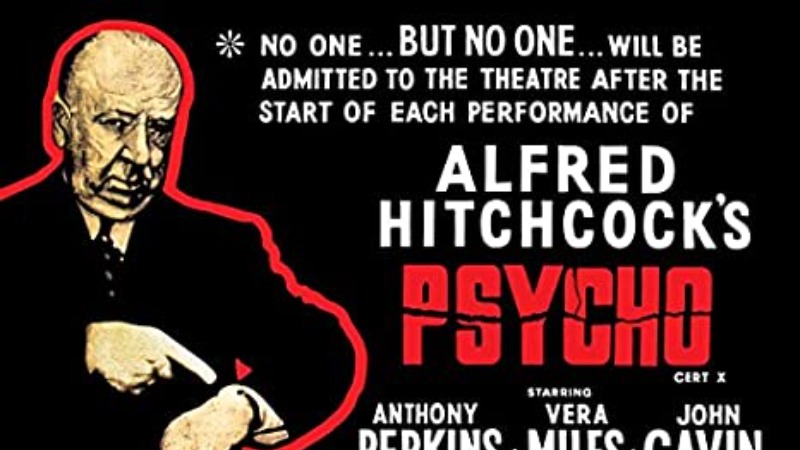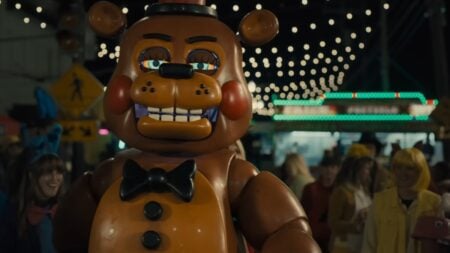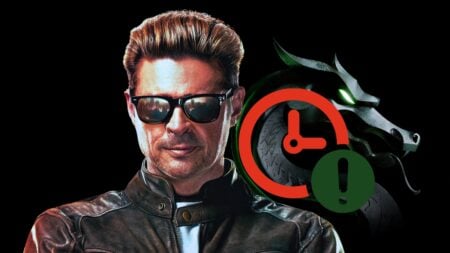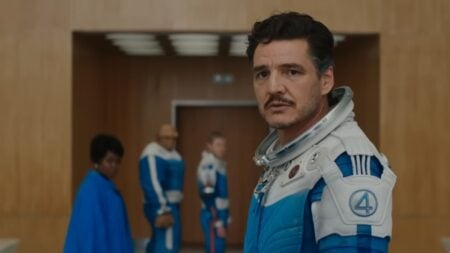Skip To...
[Updated on August 8, 2024, to revise the post’s formatting.]
One of the most important aspects of a movie’s success is the marketing campaign. From posters to trailers to even interviews, the marketing leading up to a big release builds hype and could directly impact success or failure. Often, less is more; a simple poster and a few eye-catching trailers will usually be enough. However, the ones that are remembered long after a project is released are the ones that go above and beyond.
The ones that advertise a project and include the audience in some way. Whether it is a real-world scavenger hunt or clever signs hidden in big cities, studios have gotten very creative in the past. The sad reality is marketing rarely goes as far as to tease a project anymore. In celebration of an almost extinct art, here are some examples of the best viral marketing campaigns of all time.
10. The Ring Two
The first sequel to the American remake of Ringu, known as The Ring, was bashed by critics almost immediately. What is best remembered is the film’s clever marketing in the UK. To promote the film’s DVD release, a website was created where users can put in their friend’s email and phone number. The receiver of the prank receives an email featuring the film trailer. Once the video starts, a timer begins unbeknownst to the viewer. Once the time ends, the viewer then receives a phone call from a familiar voice whispering, “Seven days.” This was not only a fun way to terrify some friends but a clever way to build hype around the movie, even if, for many, the marketing was more enjoyable than the film.
9. The Dark Knight
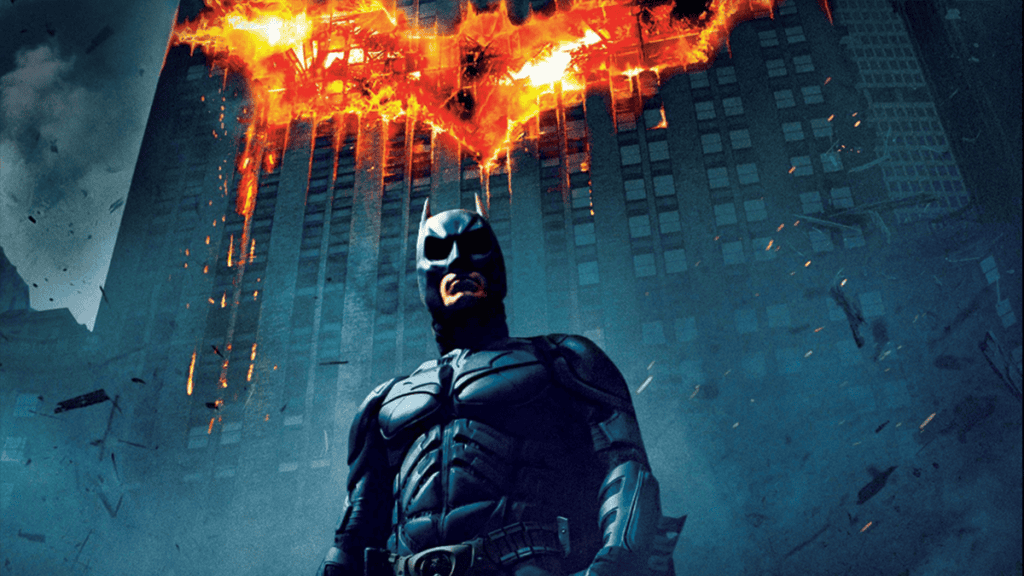
Christopher Nolan’s highly anticipated sequel to Batman Begins didn’t need anything fancy for the marketing. Before the movie was released, fans knew it would reach legendary status and rank highly among the other Batman movies. However, Warner Bros. decided to go to the next level anyway and put fans right into Gotham City. Fans could show their support for Harvey Dent, join the Joker, or show their support for Batman. Harvey Dent received a campaign website that clever users discovered could be manipulated to reveal the first official image of Heath Ledger’s Joker. Fans could even call numbers that were left in the sky above convention centers and find cakes with phones hidden in them. This real-world adventure made the anticipated movie receive even more hype and became one of the best viral marketing campaigns.
8. Cloverfield
A trailer for a film without a name was attached to the 2007 Transformers movie. The trailer is a camera recording of a party when something attacks. The trailer ends with a shot of the Statue of Liberty’s head landing in the street and a release date of 1-18-08. This set the internet into a frenzy as they tried to discover what the film was about. Breadcrumbs were left all over the net, including missing posters and even Myspace profiles featuring characters from the movie. Fans were desperately trying to discover what the monster was. This led to fans finding websites of fictional companies that exist in the film trying to discover the monster, and fans were able to join in the hunt. The movie, obviously known as Cloverfield, has since spawned a franchise and one of the best viral marketing campaigns.
7. Godzilla (1998)
Before Godzilla launched Legendary Pictures’ Monsterverse, he had a rocky start in America. His last American-produced movie had fans split, with most of them only remembering the clever marketing. The film had redesigned the classic monster, and fans had to watch the movie to know what he looked like. The first trailer showed something big emerging from the water and a giant foot stomping a T-Rex skeleton. There were also huge signs saying, “He is twice as tall as this sign,” or busses claiming, “His foot is as long as this bus.” Even the posters didn’t reveal much, showing only his foot or eye.
6. Blair Witch Project
Cloverfield may have had a similar feel in its viral marketing, but no other movie used marketing to blur the fictional world with ours quite like The Blair Witch Project. The movie claimed that it wasn’t just a fictional film; it was legitimately found footage. To drive the point home, fake social media profiles appeared seemingly owned by the film’s characters. Missing posters were made, and the actors were told not to make any public appearances. Blair Witch wasn’t the first found footage movie, but it was one of the first and arguably the best advertised. Because of the genre’s infancy at the time, it isn’t too wild to think that so many fell for it.
5. Psycho
Viral marketing existed well before the internet, and Psycho is one of the best examples. At the time, movies were played on a loop instead of having set times. Alfred Hitchcock was afraid this would spoil the movie. He saw to it that the film could only be played at set times. If someone arrived after the start of the movie, they were out of luck. There were cardboard displays of the director stating when the next showing was implemented. This heavily piqued interest and helped lead to the film’s success and eventually the launch of the slasher genre.
4. Toy Story 3
Besides the movie’s guaranteed success, Disney implemented a marketing strategy for Toy Story 3 that went under the radar of many. In March of 2010, a Youtube channel by the name of Mrcrazycommercials appeared. The channel simply uploaded vintage toy commercials from the ’80s. They were all actual commercials from the time, except for one. At first glance, it looks just as legitimate as all the others. The video was made nearly identical to an ’80s toy commercial. The only problem was the commercial advertised Lots-O-Huggin Bear, which isn’t real. The description implied the uploader was the owner of the Bear seen in the movie.
3. The Last Exorcism
It is fitting that a horror movie implemented a marketing campaign that terrified the public. Back in 2010, when The Last Exorcism was released, Chatroulette was a trendy site. In short, it allowed users to match with random strangers to chat via webcam. Some users at the time matched with a young girl. The girl acts flirty and appears to start teasing the stranger she matches with. That is until her eyes roll into the back of her head, and she begins contorting in unnatural ways and lunges at the camera, screaming. The video then cuts to the URL for the film’s site. Unsurprisingly, this terrified unsuspecting users. The plan worked and filled theatre seats.
2. Transformers
The announcement of a live-action Transformers garnered hype immediately, and the marketing campaign just added fuel to the fire. The trailer saw footage from a Mars rover that supposedly crashed. The “classified footage” showed what really happened. Something large and very angry destroyed the rover. The trailer then ominously states that whatever it was that took the rover out was heading to Earth and that this was the only warning we would get. The footage appeared all over the internet, and the already hyped-up movie hit new levels of hype. This was one of the best viral marketing campaigns that worked, as the franchise is still going strong with a new entry slated to release in 2023.
1. Super 8
After the success of Cloverfield‘s marketing, J.J. Abrams did it again with Super 8. The film’s first trailer was more traditional than Cloverfield’s but showed just as less. An Air Force train derails, and something not of this Earth escapes from one of the hatches. Fans discovered a hidden URL in the trailer, which led them to a website designed to resemble a PDP-11 computer. The website contained clues about the film’s plot. J.J. Abram’s clever marketing once again worked wonders, as fans flocked to the theatres to see just what the movie was all about. While not nearly as cryptic as Cloverfield, it still went down as one of the best examples of viral marketing.

